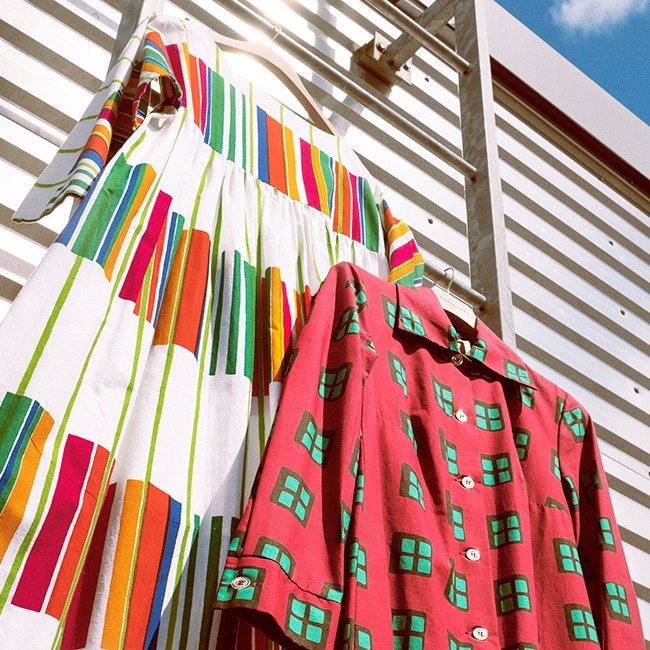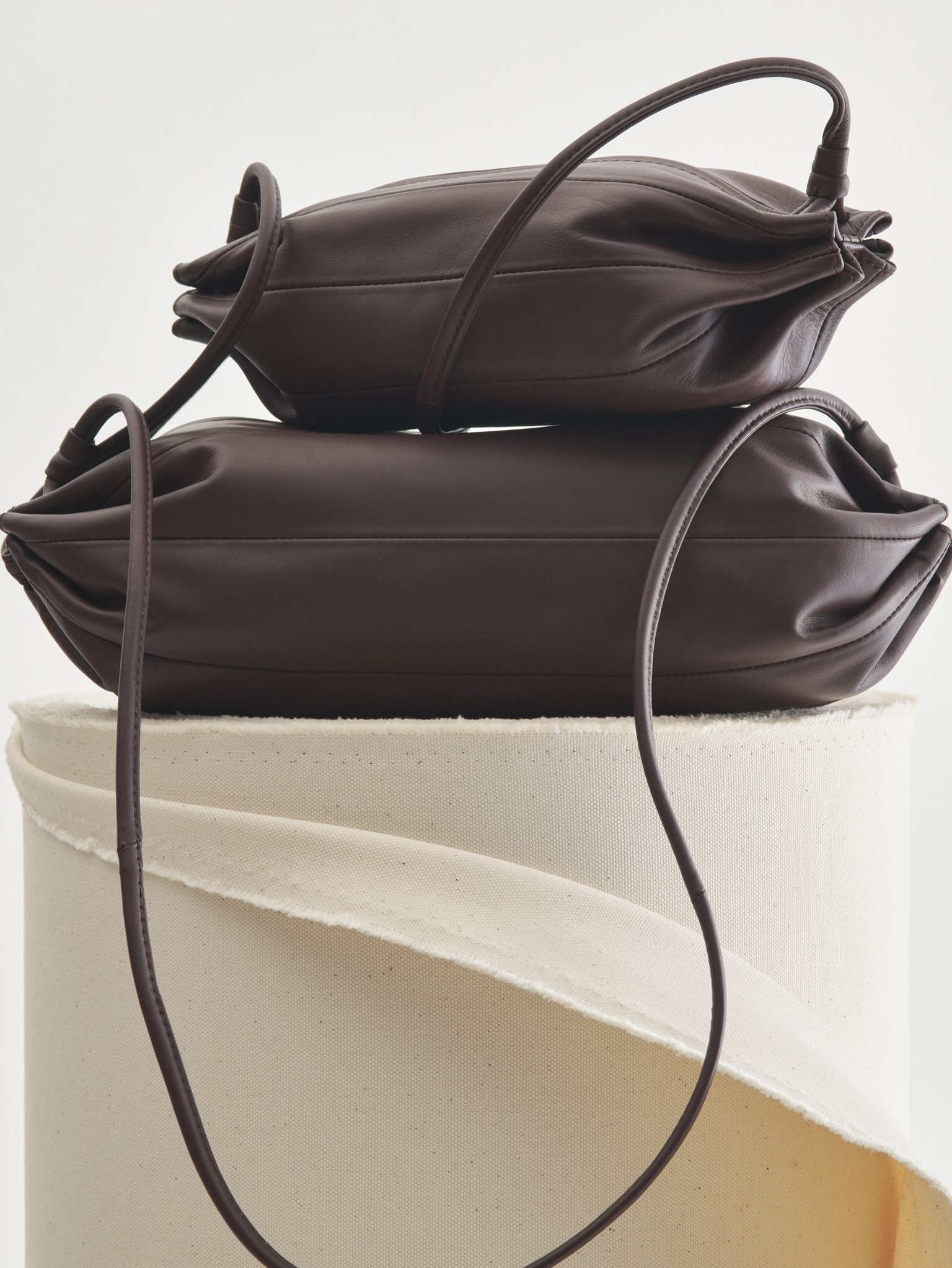
Sustainability / Product & design
Timeless design brings joy for generations to come
With over 70 years of history, our goal is to craft timeless designs and future classics.
Marimekko's design philosophy revolves around crafting timeless, functional, and high-quality products that provide long-lasting joy to people. In the years ahead, we aspire to offer even more comprehensive services to extend our product lifetimes and contribute further to the circular economy.
We use rigorous quality management processes to ensure the quality of our materials and the durability of our products. Before we launch a new product, it undergoes thorough testing to meet our demanding quality standards. Our tests include fabric shrinkage, colorfastness, and abrasion resistance. We aim to keep the share of quality claims of sold products at or below 0.5% – that’s less than 1 in 200.
Share of sold products subject to claims
≤0.5%
0.3%
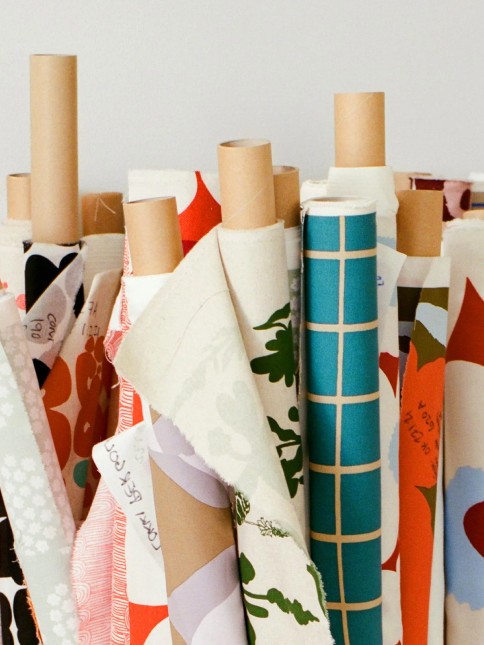
Materials we use
To live up to our standards of long-lasting, timeless products, we’re reducing our use of conventional materials and shifting to alternatives that are less-emission intensive and use less water, chemicals, and fossil resources while maintaining quality and longevity. This is why we pay special attention to the quality of our materials while transition to use more and more recycled, regenerative organic, regenerative, certified, and other traceable and innovative materials.
Since introducing our material strategy in 2021, we’ve continuously increased the use these preferred materials in our collections. Ultimately, we hope to have more circular materials that can be recycled several times without a decline in the quality or longevity of the fibers.
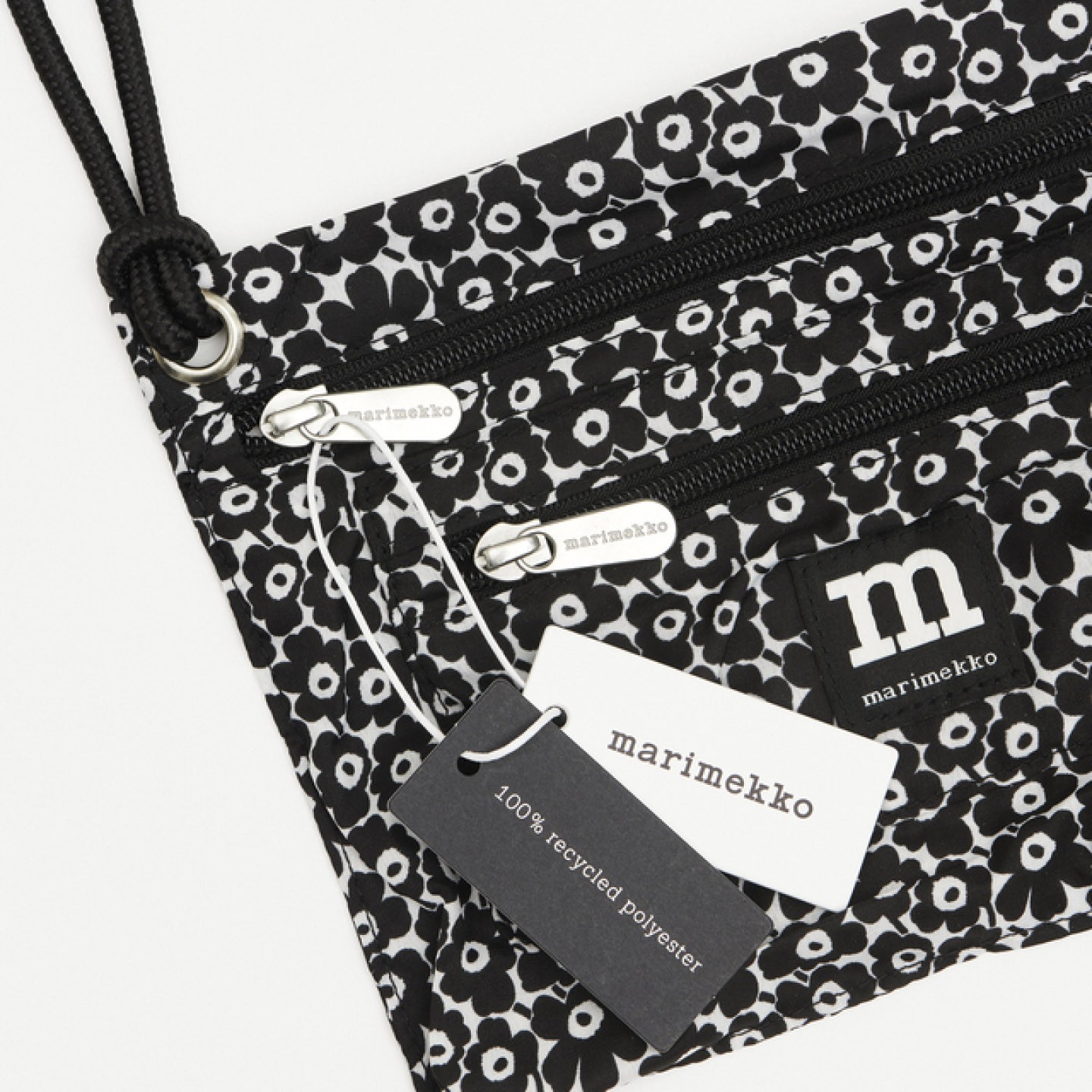
Preferred materials: Recycled, organic
Marimekko uses materials like recycled cotton and polyester in its products. The recycled materials we use are certified, and the organic materials are certified according to one of the organic standards. In 2024, recycled materials accounted for 20% (21), while organic materials accounted for 39% (20) of all sourced textiles.
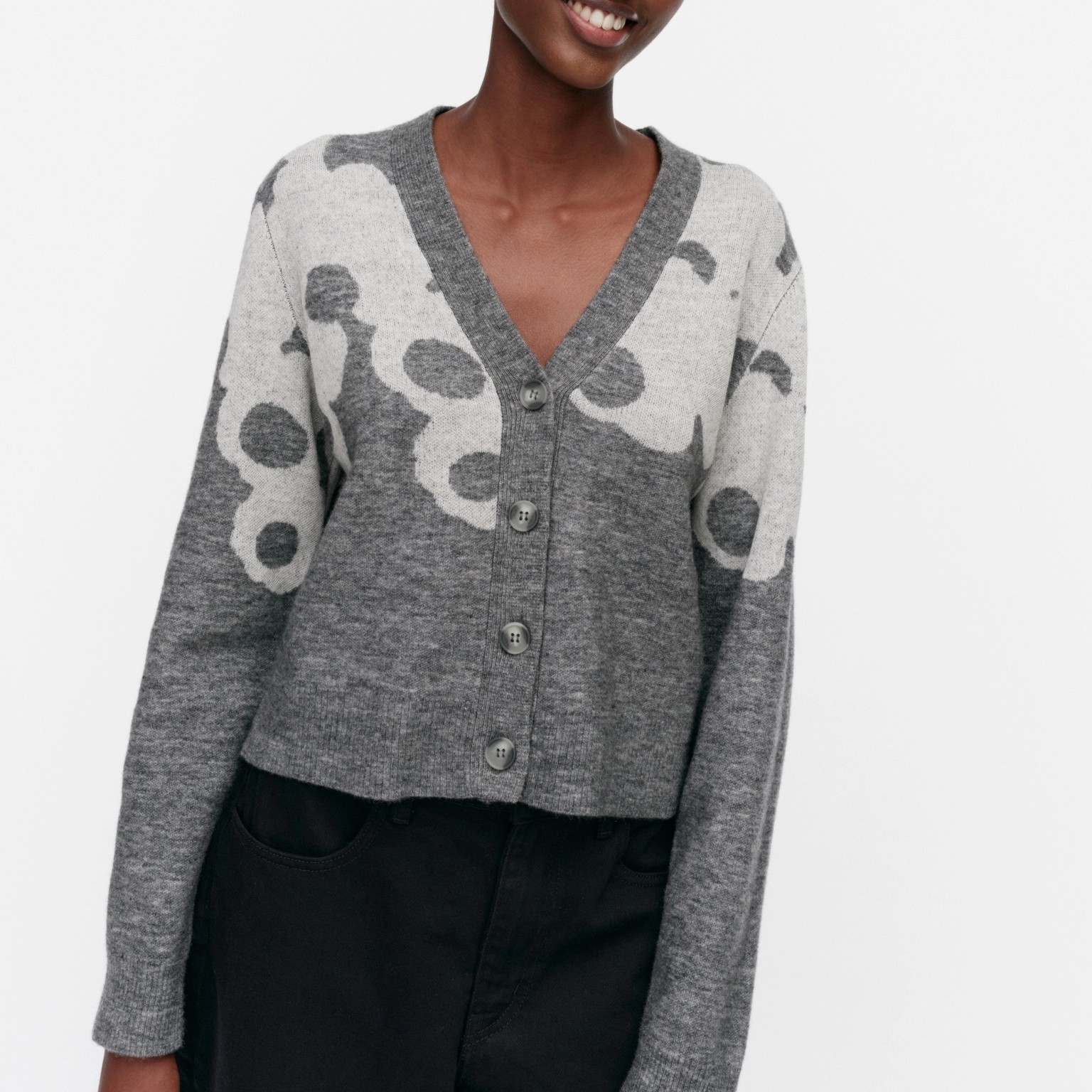
Accepted materials: Conventional enhanced / Traceable, certified, bio-based
We aim for full product transparency, which is why we use certified or more traceable textile materials. In 2024, conventional enhanced materials made up 36% (43) of all sourced textiles.
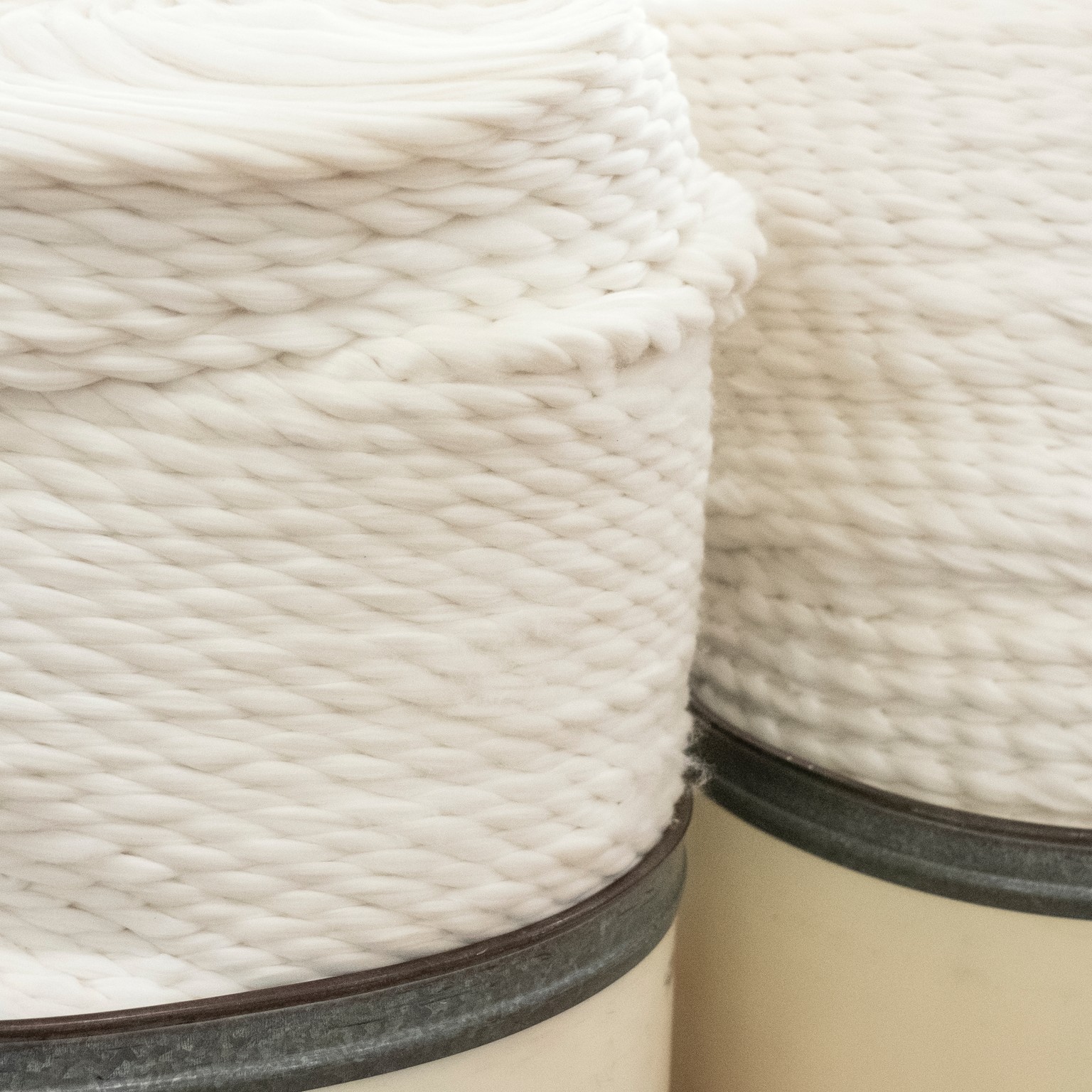
Innovative materials: future potential
Marimekko is committed to continuously driving innovation in technologies, materials, and business models. In 2024, innovative materials accounted for 0.1% of all sourced textiles. While this share is still low, Marimekko has identified these resources as some of the potential future materials and is currently testing or piloting them.

Accepted materials: Conventional
While transitioning in our material strategy, we still use conventional materials in our products. In 2024, the share of conventional materials was 4% (16) of all sourced textiles.

Designing beyond trends
The Marimekko design philosophy is rooted in an optimistic lifestyle and a genuine desire to inspire through timeless and functional design.
Our multipurpose clothing encourages creative combinations across collections and helps to prolong the product's lifetime. Our structural system for dresses, skirts, and tops offers three distinct archetype silhouettes – A-line, straight, and fit & flare – in three different volumes: slim, relaxed, and oversized.
Making things that last
At Marimekko, we believe every product should earn its right to exist by bringing years of joy and value to its owner(s). Before the launch of any new Marimekko product, rigorous testing ensures it meets our demanding quality standards. We test for fabric shrinkage, colorfastness, and abrasion resistance, among other criteria.

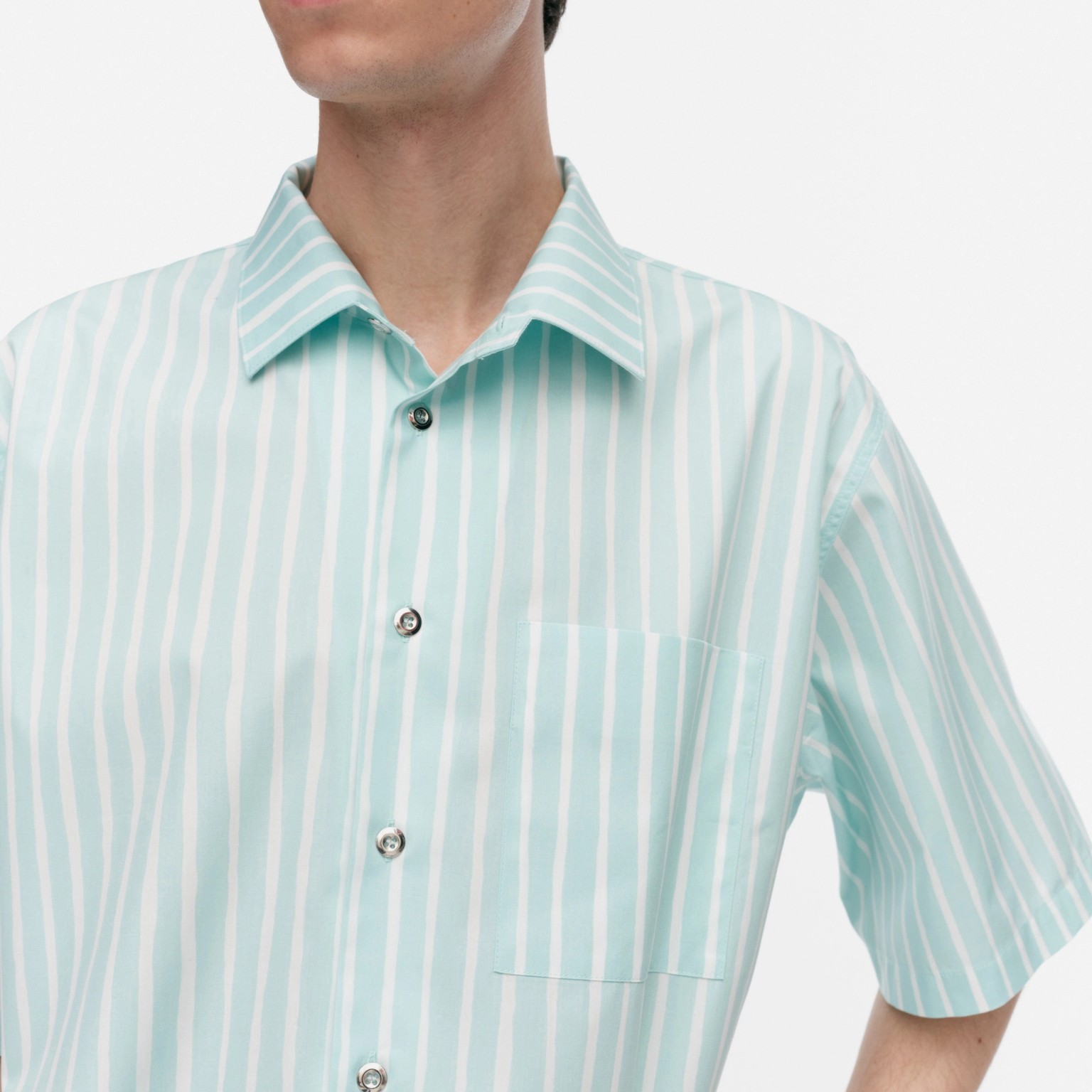
Take care
When properly cared for, your Marimekko product lasts for years. Proper care is an excellent way to extend an item's lifespan, keep colors vibrant, and create more joyful ownership. Check out our comprehensive care guide and discover how easy it is.
Give new life to your products
Your Marimekko item is timeless. When you’re ready to pass it on, discover how it can bring others joy.
Ways to extend the life of your pre-loved product:
Sell: Marimekko products are in demand on the second-hand market. Sell your item and earn some extra money.
Donate: Support your favorite charity by donating items you no longer use. Imagine the joy they'll bring to new owners.
Pass it on: Treasured objects tell stories and evoke shared memories. Consider passing your item on to friends or family members to become their new treasure.
Swap: Host a swap party with friends for a fun and cost-free way to bring new items home while spreading joy.
Upcycle: Get creative! Transform old Marimekko pieces into something new, like turning an old tablecloth into pillowcases.
Recycle: When your Marimekko product is no longer usable, please ensure it is properly recycled to minimize waste.
